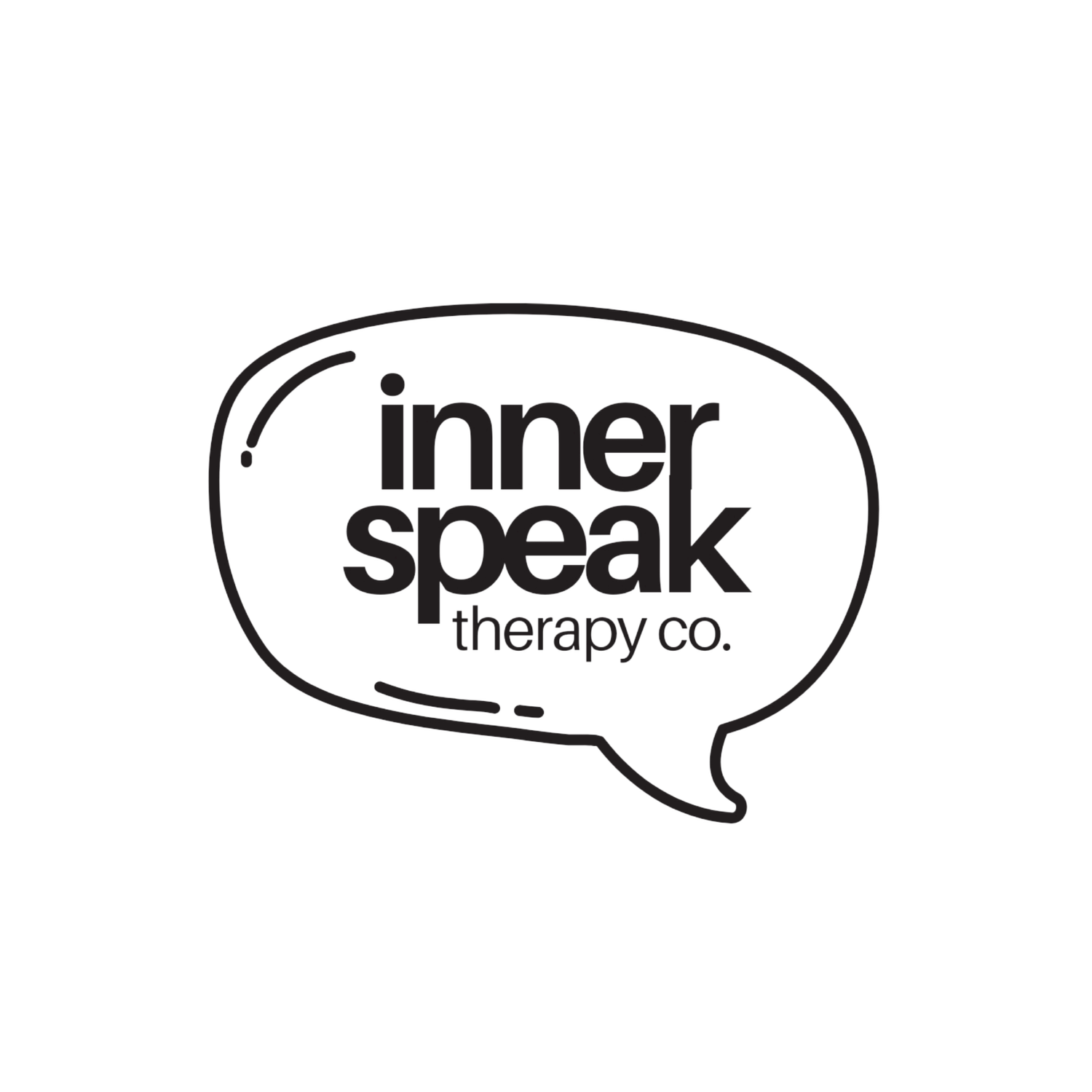An Intro to Polyvagal Theory That Won’t Make You Yawn
Have you ever gone from totally chill to total shutdown in 0.5 seconds, or found yourself in a people-pleasing spiral when you really wanted to say no? Congrats, you’ve met your nervous system.
Polyvagal theory, created by Dr. Stephen Porges and popularized in therapy spaces by Deb Dana, gives us a map of how our bodies respond to stress and safety. But we’re not just going to talk about it from a neuroscience angle—we’re going to bring in a decolonized lens too, because not all nervous systems move through the world the same way.
1. Meet your vagus nerve (aka your body’s safety detector)
The vagus nerve is the MVP of your parasympathetic nervous system. It helps regulate digestion, heart rate, and emotional connection. According to polyvagal theory, it also helps you detect whether you're safe, in danger, or in survival mode, and then adjusts your responses accordingly.
There are three primary states:
Ventral vagal (safe and social): You feel grounded, connected, and open.
Sympathetic (mobilized): You’re in fight-or-flight-or-fawn mode; anxious, angry, or hypervigilant.
Dorsal vagal (shutdown): You feel numb, disconnected, or frozen.
These states aren’t bad—they’re your body trying to protect you. And how often you move between them is shaped by your lived experiences, identity, and environment.
2. Your nervous system isn’t broken—it's brilliant.
If you’ve lived through trauma, marginalization, or constant invalidation, your nervous system might have developed a hypersensitive radar for threat. That’s not dysfunction—that’s survival intelligence. Black, brown, disabled, queer, trans, and neurodivergent folks often live in a world that doesn’t offer true safety, and their nervous systems reflect that reality.
A decolonized approach to polyvagal theory asks: Who gets to feel safe in this world? Who doesn’t? And how can we honor the wisdom of bodies that have had to survive unsafe systems?
3. Tracking your states without judgment
Deb Dana teaches that we can learn to track our nervous system states like weather patterns: noticing when we shift, and gently asking what we need.
That might mean:
Grounding when anxious
Moving your body when stuck
Reaching out for co-regulation when you're overwhelmed
No need to fix or pathologize, just observe with curiosity. From a cultural lens, this can also mean using ancestral practices (like breathwork, movement, song, or ritual) to restore regulation.
4. Regulation is political and communal
Healing isn’t just individual- it is collective. Regulation can look like community care, mutual aid, protest, or gathering in joy. It’s not just bubble baths and breathing, it’s also justice and belonging.
We regulate better when we feel safe together.
TL;DR
Polyvagal theory helps us understand how our nervous system responds to stress, safety, and connection. Through a decolonized lens, it also reveals how systems of oppression shape our capacity to feel safe, and reminds us that healing happens not just within us, but between us.
Want support tuning into your nervous system and building safety from within? Book a consult and let’s explore it together using a trauma-informed lens.
Sources:
Dana, D. (2018). The Polyvagal Theory in Therapy: Engaging the Rhythm of Regulation. Norton.
Menakem, R. (2017). My Grandmother's Hands: Racialized Trauma and the Pathway to Mending Our Hearts and Bodies. Central Recovery Press.
Porges, S. W. (2011). The Polyvagal Theory: Neurophysiological Foundations of Emotions, Attachment, Communication, and Self-regulation. Norton.
Thai, L. (2023). "Decolonizing the Body: Somatics, Trauma, and Collective Liberation."
